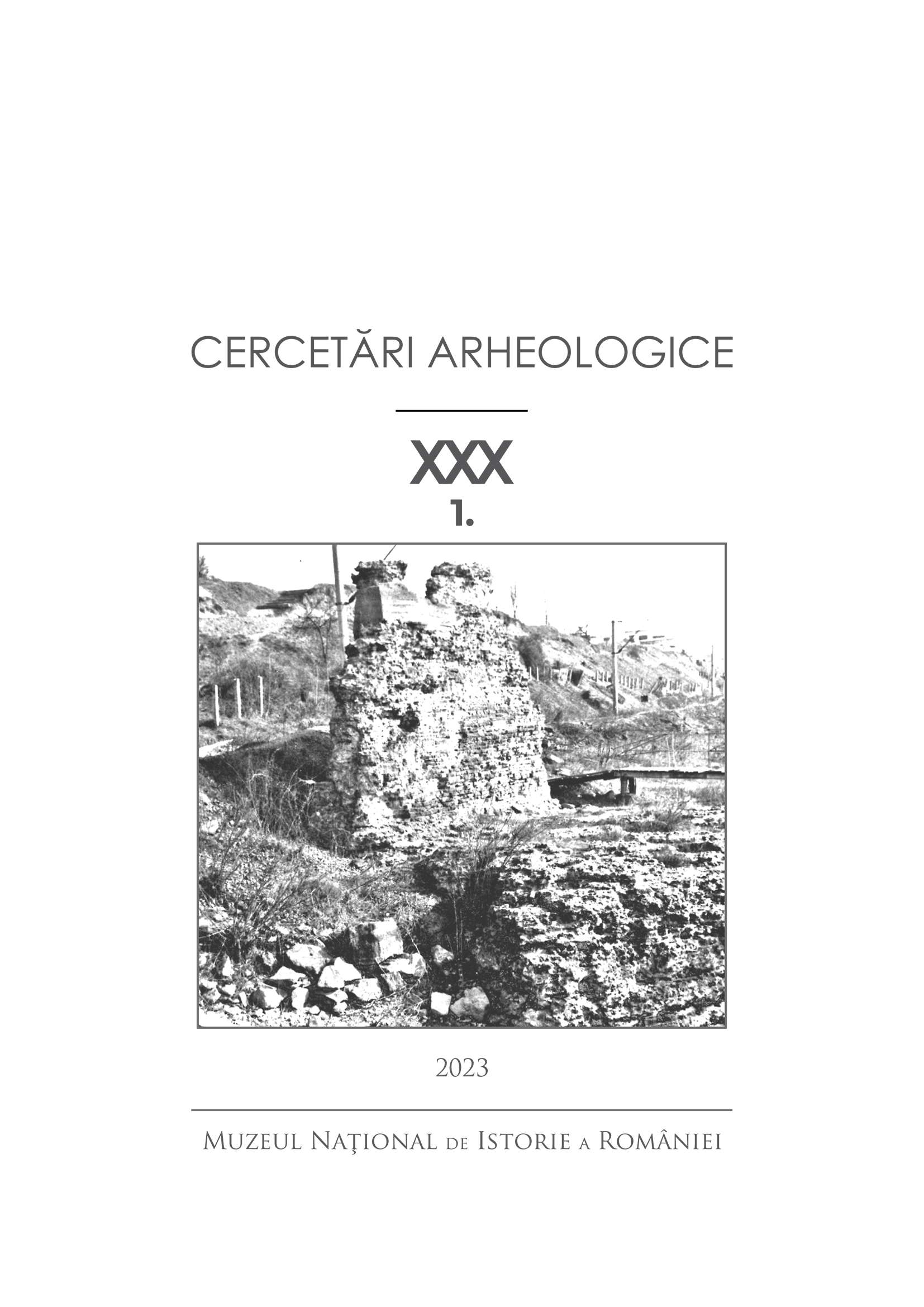Settlement Patterns of Bronze-Age Sites of the Upper and Middle Atrak Basin in Northeastern Iran
Settlement Patterns of Bronze-Age Sites of the Upper and Middle Atrak Basin in Northeastern Iran
Author(s): Alireza Hejebri Nobari, Nesa JudySubject(s): History, Archaeology, Ancient World
Published by: MUZEUL NAȚIONAL DE ISTORIE A ROMÂNIEI
Keywords: Upper and middle Atrak; Bronze Age; Settlement patterns; Correlation analysis;
Summary/Abstract: In archaeological studies of Southwestern Asia, during the period from the late fourth millennium BC to the beginning of the Iron Age (second half of the second millennium BC), phenomena such as growth of settlements in terms of area and population, emergence of early cities, trans-regional trade, formation of government institutions, emergence and spread of gray-and-black pottery, extensive changes in technology, dramatic development of smelting and use of bronze tools were identified. In this process, an extensive communication network aimed at controlling trade routes and access to raw materials across the plateau, by land and sea, connected many areas. Economically, remote trade was established in this period of time, various communities establishing ties with places located thousands of miles away in order to obtain their needed resources. Bronze-Age cultures are well-known in most parts of Iran, but Khorasan is an exception since the data are rare and insufficient. Moreover, information about the chronology and distribution of sites during different periods of prehistoric times in different parts of it is minimal. Thirty-eight sites from the Bronze Age have been studied in this research. These sites were identified in the archaeological surveys of the upper and middle Atrak during the last decade. This study was done using the descriptive-analytic method. GIS and SPSS software and Correlation and Cluster analysis methods were used for data analysis. The settlement pattern in the upper and middle Atrak basin is similar. It consists of two-rank models with a large main site and several small sites around it. The results of this study indicate that due to the lack of water resources in the region, access to constant water resources has been an essential factor in the shaping of Bronze-Age settlements. Most sites were also formed during the early Bronze Age, and we also faced a decrease in the number of sites in the middle and late Bronze Ages.
Journal: Cercetări Arheologice
- Issue Year: XXX/2023
- Issue No: 1
- Page Range: 29-44
- Page Count: 16
- Language: English

